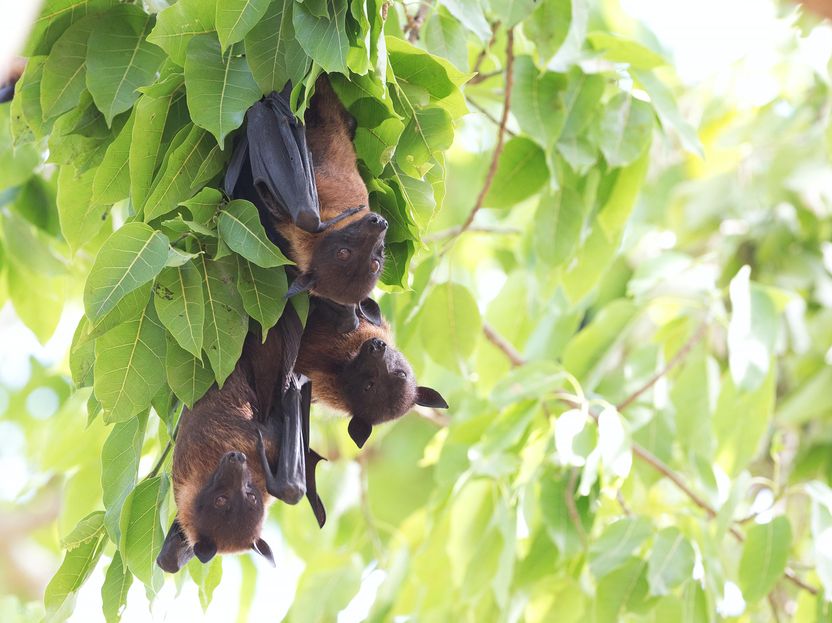Climate change may have played an important role in the emergence of SARS-CoV-2
Advertisement
Global greenhouse gas emissions have made the likely site of origin of SARS-CoV-2 in southern China a hotspot for bat-borne coronaviruses over the past century, by driving growth of forest habitat favoured by bats. This is the key finding of a new study by scientists from the University of Cambridge, the Potsdam Institute for Climate Impact Research PIK, and the University of Hawaii. Published today in the journal Science of the Total Environment, the researchers provide the first evidence of a mechanism by which climate change could have played a direct role in the emergence of SARS-CoV-2, the virus that caused the Covid-19 pandemic.

Symbolic image
Photo by Hans Veth on Unsplash
The study describes major climate change-induced modifications in natural vegetation in southern China's Yunnan Province and neighboring areas in Myanmar and Laos over the past century - away from tropical scrubland to tropical savanna and deciduous forest. This process has allowed the dispersal of numerous new species of bats, which have introduced approximately 100 new species of coronaviruses to the region. Genetic data suggest that SARS-CoV-2 first appeared in bats in this very region.
"In the last century, climate change in the likely site of origin of SARS-CoV-2 has made the habitat much more attractive for bats - and thus also for the many coronaviruses that these animals carry," says Dr. Robert Beyer, who recently joined PIK on a European 'Marie Curie' fellowship and previously conducted research at the University of Cambridge.
To get their results, the researchers created a map of the world’s vegetation at the beginning of the last century using climatic data. Based on this, they determined the global distribution of bat species at that time. A comparison with today's distribution showed how the number of different bat species has changed worldwide.
"Climate change has shifted the habitats of bats. The animals spread to new areas - taking their viruses with them. This not only changed where the viruses were found, but also allowed new interactions with other animals through which harmful pathogens were transmitted or evolved," Beyer explains. Camilo Mora, a professor at the University of Hawai'i-Manoa and initiator of the study, adds: “The fact that climate change can accelerate the transmission of wildlife pathogens to humans should be an urgent wake-up call to reduce global emissions.”
Southern China's Yunnan Province is also home to so-called pangolins, which likely acted as intermediate hosts for SARS-CoV-2. The virus is thought to have jumped from bats to these animals, which were later traded at a wildlife market in Wuhan - where humans first became infected with SARS-CoV-2.
Worldwide, bats are estimated to carry over 3,000 different coronaviruses. Most of these cannot easily jump to humans. Others, however, can - in addition to SARS-CoV-2, for example, SARS-CoV-1 and MERS, which also caused major epidemics.




















































